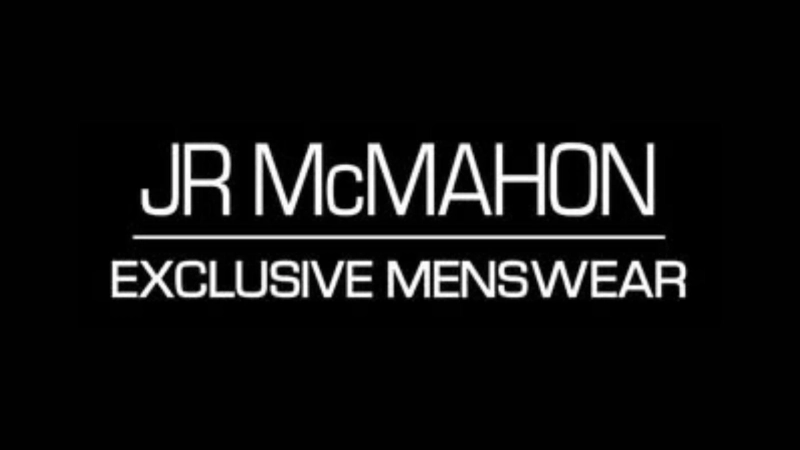Running is a simple exercise. Whether you are a beginner or experienced enough to participate in a marathon, running can do great things for your health and fitness. As great as it is, many people probably overlook the most important part of it: selecting the right shoes. They think that any old sneaker will suffice, but this couldn't be further from the truth. The type of running shoes you wear can affect your comfort, ability to run, and even injury risk.
Wearing the wrong shoes can lead to serious issues such as blisters, shin splints, knee pain, and long-term damage to your body. Everybody is different, and so are running habits. This is why picking the right pair of men’s shoes in an online sale is not as easy as simply picking one that has a good rating, a good review, or is from a well-known brand, and certainly not one that matches your shorts. It should be about knowing your foot shape, running style, and surfaces on which you commonly run.
Keep Your Running Style in Mind
How you run is also important when selecting shoes. Some runners land on their heel and others land on their midfoot or forefoot. Heel strikers typically need extra cushioning in their heels to absorb shock. Midfoot or forefoot runners might benefit from shoes that are cushioned more consistently across the sole.
You can determine your run style by getting a gait analysis. Most running stores will do a free gait analysis on a treadmill or with video technology. They look at what your feet do when you run, how much your ankles roll in or out, and where your foot lands. This allows them to find a shoe that matches your motion, as well as a specific level of support for your foot. If you already know about these things, you can buy men’s shoes in an online sale to save some money.
Ensure the Fit is Right
Size does matter in running shoes, but it's more than the number on the box. A good running shoe should fit snugly but not be tight. Your toes should have adequate room to move, and there should be about a thumb's width of space between the end of your longest toe and the front of the shoe. You shouldn't feel the heel slipping as you walk or run in it. If you do, your shoe may be too big, or it may not be made for your foot shape.
You will also need to consider that your feet swell during the day, and particularly when you run. For that reason, it is usually best to try on your shoes in the afternoon or evening when your feet have noticeably swollen. You should try on with the same type of socks you usually run in to get a more accurate fit and feel. Fit is very important when it comes to shoes, just like it is crucial concerning clothing like Calvin Klein underwear.
Try it if Possible
Try on shoes in person if possible. Walk around, jog a little bit in the store if allowed, and see how they feel. Each brand has a different shape, or “fit profile.” To help with the decision, don't rush the process. Take your time to compare fit, and feel confident in your decision.
If you're buying men’s shoes in an online sale, make sure the store you purchase from has a good return policy. Read reviews, follow the size charts, and try the new shoes on as soon as they arrive. Make sure they work for you.
Conclusion
Selecting the best running shoe is more than just a shopping trip, it's a decision that affects your health, comfort, and enjoyment of running. Running should feel good, not hurt! And if you have the right shoes and the right fit on your feet, you're already halfway there.


